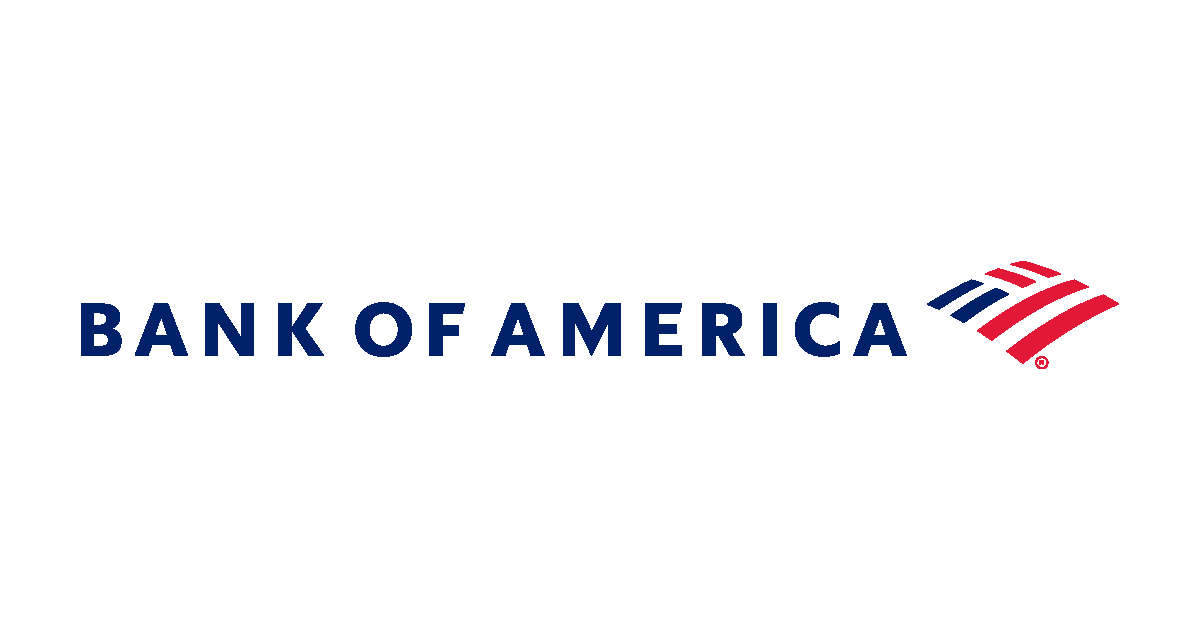Investors adopted a barbell approach with fixed income ETFs in Q3 2023 by piling into the short and long ends of the US Treasury yield curve.
In a bid to navigate a combination of inflation and recession risks, fund selectors poured over $1.4bn into the iShares $ Treasury Bond 0-1yr UCITS ETF (IB01) and a further $914m into the Xtrackers US Treasuries Ultrashort Bond UCITS ETF (X0TD), according to data from ETFbook.
At the other end, the iShares $ Treasury Bond 20+yr UCITS ETF (IDTL) recorded inflows of $1.2bn over the same period.
It comes as investors seek protection from higher-for-longer interest rates or if the US economy falls into recession.
Althea Spinozzi, senior fixed income strategist at Saxo Bank, said we are likely to see elevated inflation throughout 2024 “requiring central banks to maintain a hawkish bias” which may not be positive for long-term bonds.
“Longer-term sovereigns become appealing once inflation has no chance to rebound,” she said. “Better opportunities to add duration to one's portfolio will emerge towards the end of the year when central banks might be forced to ease the economy.”
Investors also showed some interest in the middle of the curve, with the iShares $ Treasury Bond 7-10yr UCITS ETF (IBTM) seeing inflows of $560m.
Nicolas Mandrinos, partner at Stonehage Fleming, said the group has been decreasing its duration underweight over the past few months, focusing on “particular segments of the US Treasury curve”.
“We started off going out for five years and then we increase that gradually out to 10 years,” he said.
UK gilts also continued their hot streak with the iShares UK Gilts 0-5yr UCITS ETF (IGLS) recording $1.2bn inflows in Q3 as investors bet on an end to Bank of England rate hikes.
Bond ETFs continued to see inflows across the asset class, with the iShares $ Corp Bond UCITS ETF (LQDE) posting inflows of $960m.
Furthermore, the €1.3bn Amundi Euro Government Tilted Green Bond UCITS ETF (CB3) more than doubled its assets under management (AUM) with inflows of $730m after it changed its index in July.
Diversified global exposure
Global equities continued to be the most popular asset class this year with the $55bn iShares Core MSCI World UCITS ETF (IWDA) again leading the way with inflows of $2.7bn in the three months to the end of September. It takes IWDA’s overall inflows this year to $8.9bn.
This was backed up by the HSBC MSCI World UCITS ETF (HMWO) and the Vanguard FTSE All-World UCITS ETF (VWRL) which recorded inflows of $567m and $566m, respectively.
Investors continue to be lured into US equities despite the S&P 500 declining 3.7% over the quarter.
The Invesco S&P 500 UCITS ETF (SPSX) recorded inflows of $2bn while Europe’s largest ETF, the iShares Core S&P 500 UCITS ETF (CSPX) saw inflows of $1.8bn.
Those looking to avoid the high concentration of the US’s flagship index opted for an equal-weight exposure, with Xtrackers S&P 500 Equal Weight UCITS ETF (XDEW) recording net new assets of $1.7bn.
Despite the S&P 500’s declines, Bank of America (BofA) predicts a 7% upside over the fourth quarter and recently raised its year-end forecast from 4,300 to 4,600 but added it sees more “upside risk” in the equal-weighted index.
“The S&P 500 gained 4.8% on average in total returns in Q4, positive 81% of the time versus 2.4% on average and positive 66% in other quarters,” Savita Subramanian, equity and quant strategist at Bank of America Securities, said.
“The equal-weighted S&P 500 has superior earnings visibility, lower valuations, less duration risk and is even more unloved than equities overall.”











